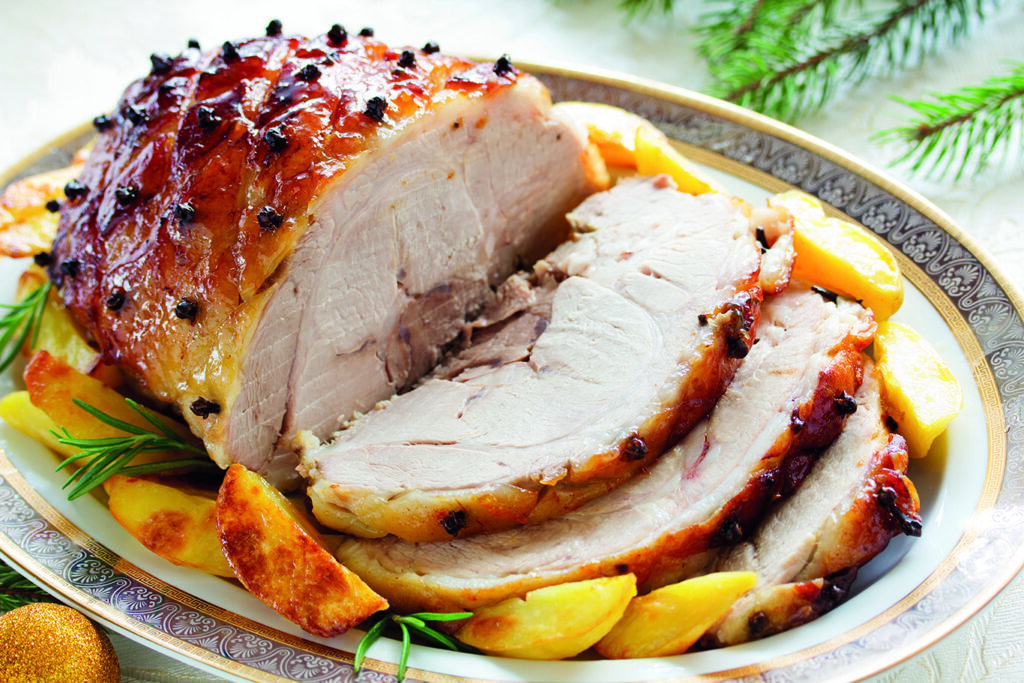In the 12 weeks ended 13 August, volumes of fresh and frozen pork sold decreased by 5% year-on-year, according to data provided by Kantar Worldpanel. However, average retail prices increased by 9% on the year, leading to a 4% rise in total spend on primary pork products during the period.
According to analysis from AHDB Pork, this increase in spend may indicate that demand for pork products is relatively stable, with consumers willing to pay increasing sums for lower quantities of meat.
Volume sales of roasting joints fell once again on the year in the 12 weeks ended 13 August, which may be partially attributed to price inflation and a reduction in retailer promotional activity. In particular, the volume of shoulder roasting joints sold decreased by 15% year on year.
Sliced cooked meat remained one of few pork products to decrease in price year on year, albeit marginally (-0.4%). However, a rise in volumes sold (4%) led to total spend increasing by 3% on the year during the period. Despite a price growth of 1%, bacon remained fairly constant, with sales rising by nearly 1%, leading to total spend increasing by almost 2% year-on-year.
Against widespread red meat price inflation, pork mince bucked the trend by falling 7% in average price. Nonetheless, a 26% increase in volumes sold led to total spend increasing by 18% on the year. This may be attributed to customers switching from higher priced beef mince, with the price difference between the two products increasing to £1.25/kg during the period.

The picture for other meats was mixed. The average price of primary beef products increased 3% year on year in the 12 weeks ending 13 August, while the volume purchased and total spend decreased by 4% and 0.5% respectively. For primary lamb, the volume sold during the period fell by nearly 10% on the year, with total spend declining by 7%. Conversely, the volume of poultry products sold during the period increased by 3% leading to a 2% rise in total spend. Average retail prices for poultry resided at slightly (-0.4%) lower than year earlier levels during the period, and within the context of rising red meat prices, is likely contributing to poultry’s ever growing popularity.




